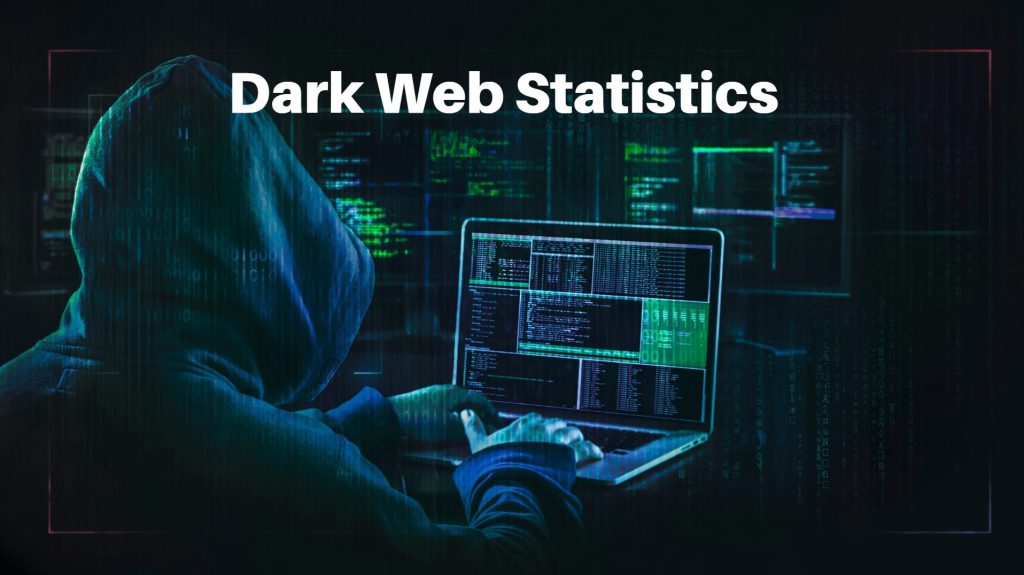Apple’s iPhone 11 Pro Max is one of the most powerful and capable phones the company has ever made. They are powered by powerful processors that will keep them relevant for years to come and stunning displays.
The batteries are large and have a long battery life. However, their lifespan is restricted by the degradation of chemical components of lithium ion.
How long will the iPhone 11 Pro Max battery last?
The iPhone 11 Pro Max has 369 mAh of battery capacity, which is the largest in the history of any Apple smartphone to date. This is also the fastest charging smartphone that is available, and it will replenish 50 percent of its battery within 30 minutes. The battery is recharged using an Qi wireless charger Lightning connector, or the USB-C 3.1 Gen 2 port.
Apple states that the bigger battery in Pro Max Pro Max allows it to claim an increase in battery life of four hours compared to the iPhone XS, and five over the iPhone XR. It’s hard to tell how much the larger battery plays a part in the claims made by Apple, since its stated numbers are based on static tests that aren’t an accurate representation of how people use their phones.
Both the iPhone 11 Pro Max and iPhone 11 Pro use lithium-ion battery. These batteries have a higher capacity and power density, as well as being more efficient compared to older batteries. But all rechargeable batteries eventually degrade to the point where they will require replacement.
The hardware and software system inside your iPhone is able to monitor the power requirements of your iPhone and monitors its performance to lessen the impact of aging battery chemicals. If your iPhone’s battery is nearing its replacement cycle an indicator for the battery will notify you. Apple suggests replacing your iPhone’s battery once it reaches 80% of its original capacity in order to ensure maximum performance capability.

iPhone 11 Pro Max battery health check
If you’re curious about how long the iPhone 11 Pro Max battery is able to last, you can examine its health through Settings. The graph will show usage and activity over the past 24 hours or for up to 10 days. You can also see the breakdown of your activity through an app as well as a charging history. The battery health graph will reveal how the battery has degraded over time, and will indicate when you should consider purchasing a new one.
The new A13 Bionic chip in the iPhone 11 Pro runs fast, benchmarking well ahead of Android rivals and leaving plenty of headroom for gaming and other performance-intensive apps. Apple’s 6.5in Super Retina XDR OLED screen is breathtaking and the camera is extremely efficient, but it’s not a huge jump over what you can get in lower-end phones, such as the OnePlus 7 Pro.
The phone comes with 64GB of memory, and it uses an Lightning connector instead of USB-C. The phone took a long time to charge, and we reached 80% after two hours and twenty-five minutes. Wireless charging is possible, however, it took us just 37 minutes for the phone to be charged to 50%. All iOS devices include fundamental performance management to ensure that the battery and internal components function as intended and are protected from harm from external environment and other conditions.
Extend iPhone 11 Pro Max battery life
Battery is the primary component of your iPhone, and you should take every step to prolong it. However, there are a few suggestions you can use to get the most out of your battery. First, ensure that you keep your device current. Every iOS update includes performance enhancements and bug fixes that can make your battery last longer.
Another suggestion is to switch on Optimized Battery Charging. This feature can slow down the aging of batteries by changing the method by which your iPhone charges over the course of the night. It will charge to 80percent after which it will stop charging and let the rest of the 20% drain until you wake up. This will enable the battery to last less time charging fully, which in turn prolongs the life of your battery and you can try this out https://dienthoainhanh.com/thay-pin-iphone-11-pro-max/.
In the end, you need to reduce the timeout for Auto-Lock to conserve battery time. This setting turns off the iPhone screen after a certain amount of inactivity, and it could range between 30 seconds and five minutes. Navigate to Settings Display & Brightness Automatic Lock. Select an earlier time frame.
You can extend the life of your battery on your iPhone with the help of dark mode. This feature is especially useful for iPhones with OLED screens. OLED screens require more power to display vivid colors. Dark mode can help you cut down on the power usage of your smartphone by dimming the display and activating Auto-Brightness.
iPhone 11 Pro Max battery replacement
The battery capacity has substantially increased in the iPhone 11 Pro and 11 Pro Max in comparison to their predecessors. The capacity of the battery on the 11 Pro has been increased by 14.5% to 3046mAh, while that of the Pro Max is up by a substantial 25% to 3969mAh. This bump in capacity is the reason why phones have been able to get so thicker this year. It also adds 18g of weight.
Apple has also added an 18W USB-C fast charger inside the box for a bit of fast charging. Apple also comes with an 18W USB C fast charger to allow quick charging. The Apple iCloud service reduces charging once you reach 80%, preserving the battery’s life.
It will degrade over time, just like any other rechargeable lithium-ion batteries. Apple doesn’t offer a way to track the amount of charge cycles your iPhone’s battery has gone through, but a third-party Mac application called coconutBattery 3 can give you some insight.
To remove the cover of the case of your iPhone 11 Pro Max and replace the battery, first employ a suction cup to lift up the cover on the back. When you are able to see the inside of the phone, place a flat stable tool (we suggest a plastic plectrum or iFlex) in the gap between the screen and the case in order to increase the gap.







